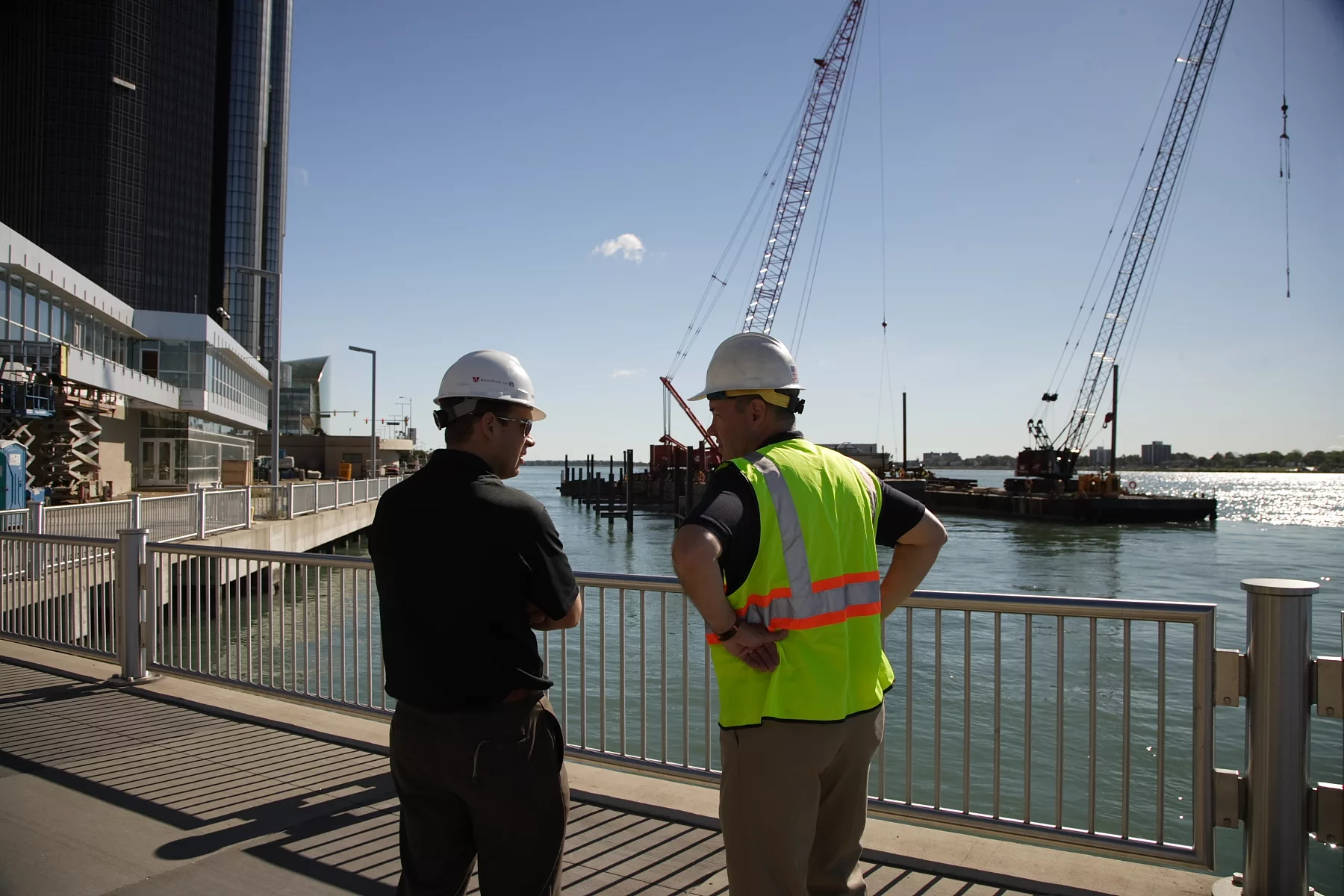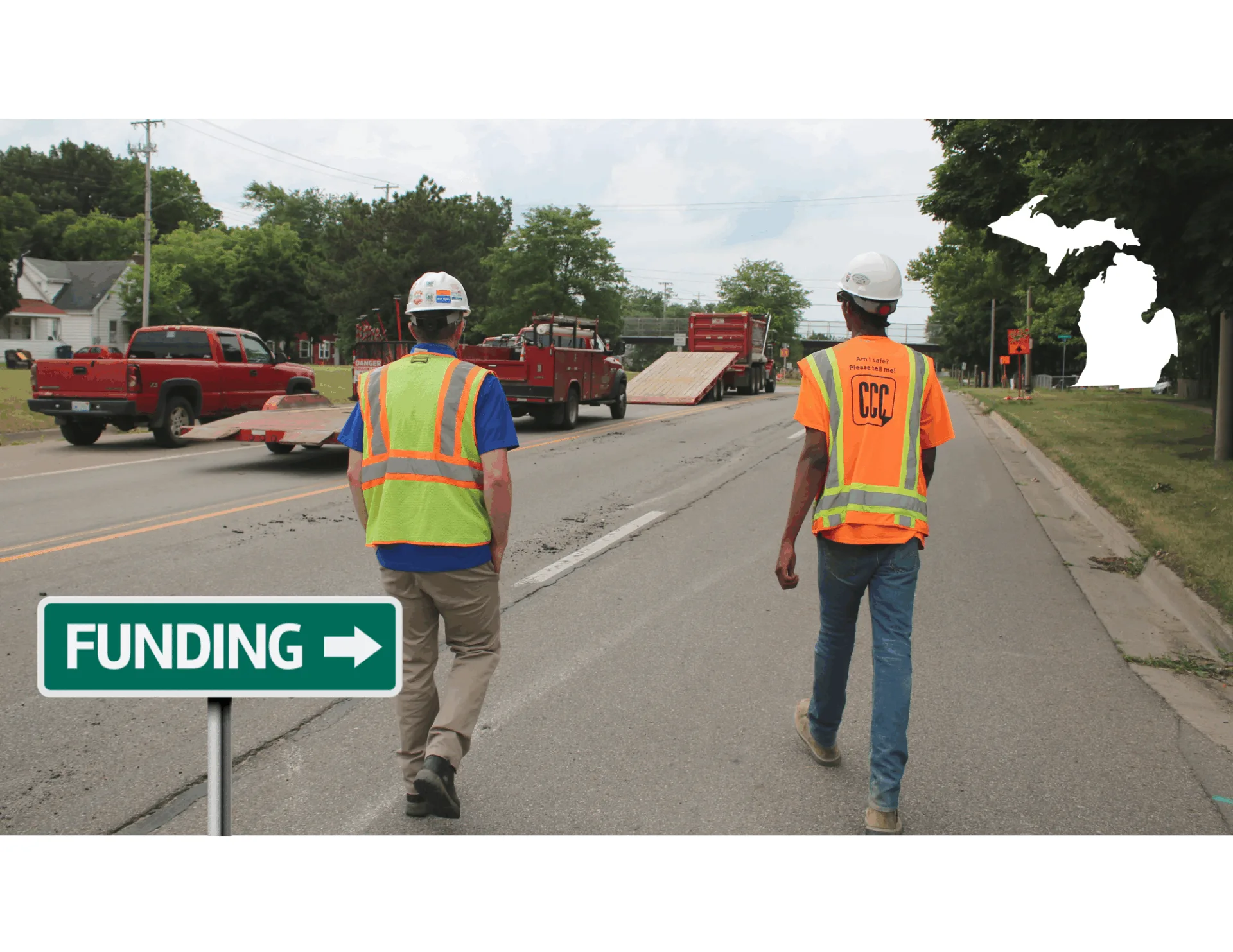Major cities, including Detroit, have a Building Code Ordinance requiring an inspection of façades on buildings and structures over 5-stories tall every five years. Using areal lifts or swing stage scaffolding to access the upper portions of the building’s façade can be costly and time consuming. More recently, inspectors can now conduct detailed and close-up assessments using the high-resolution images obtained from aerial drones. Join our webinar to learn more about how NTH experts have been using drones for facility condition assessments and to discuss the advantages involved.

Using Drones For Facility Condition Assessments





